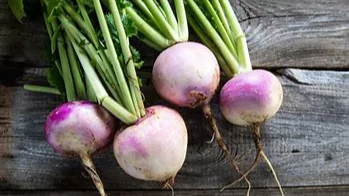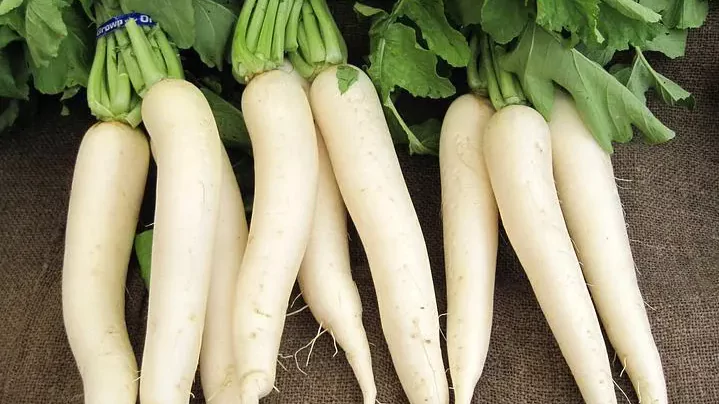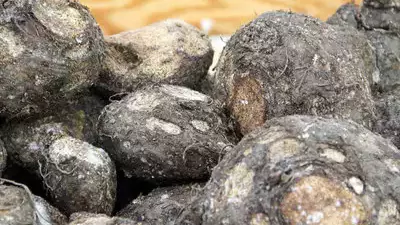About Gongura
Gongura is a leafy vegetable that is widely grown for medicinal purposes. It is a perennial shrub that grows up to 1 meter. Gongura leaves have a tart and sour taste that can be added to many dishes. It usually comes in two forms, these are green and red leaves and red gongura leaves. The gongura plant is native to Africa and India. But it is mostly used in the southern part of India. Gongura is also known as sorrel leaf which is used to make different kinds of food like pachadi, pickle, chicken and pachadi to add to our dishes.
How to Grow Gongura
Sowing time:
All the time.
Soil Requirements
Proper soil type is very important because nutrients are essential for plant growth. The soil mixture requires red soil, vermicompost and coconut peat in equal proportions (40:40:20). Also put a little Neem cake in each pot to keep the soil from rotting.
How to Sow
- Plant your seeds 12-14 cm apart and 1⁄2 inch (1.3 cm) deep. Keep the soil moist to speed up fruiting and promote rapid growth.
- Plant 1 to 2 seeds per stone. Always water.
- Sowing takes place within 4-6 days from the date of sowing. Plant Care:
- Gongura needs at least 2-3 hours of sunlight
Pest control
- Check the plants regularly and spray neem oil and Panchagavya to keep insects away.
- Add a small amount of compost every 10-15 days to each pot to ensure the soil has enough nutrients to grow plants. Harvest:
- Gongura harvest can start after 3 to 4 weeks from sowing.
- Don’t wait too long to harvest or wait for big leaves; The proverbial starts soon after. Gongura is a multi-cut crop, which means Gongura grows after cutting and you can harvest up to 3-5 cycles depending on soil fertility.
- Most of the time, we can harvest every week from the first harvest. After a few cycles, the growth of new leaves slows down or it’s time to clean the bag and, if necessary, change the soil or add vermicompost to the bag, take the fruit and start growing again .
- Gongura can be eaten as microgreens, the microgreen harvest time is 8-12 days.
- Harvest microgreens as soon as the seedlings are 3 to 4 inches long and have two leaves
Gongura health benefits
- The antioxidants in gongura leaves help prevent damage caused by free radicals. Exposure to sunlight, industrial chemicals, and cigarette smoke can cause life-threatening diseases such as cancer and heart disease. These problems can be treated with the help of gongura leaves.
- Eating gongura leaves is very important to prevent chronic diseases such as heart disease and cancer. Gongura, which is rich in dietary fiber, will help you improve your digestive health. The fiber content adds bulk to food as it passes through the digestive tract. Anthraquinone is an active antioxidant that will support the digestive system.
- Gongura is popular as it prevents anemia. High iron gongura will help increase the production of red blood cells, thus preventing the condition caused by iron deficiency. It has the ability to reduce cholesterol levels, blood pressure and high blood pressure. Being a good source of vitamin C, ascorbic acid plays a major role in boosting the immune system.
- People who are trying to lose weight can add gongura leaves to their diet. They are rich and satisfying your appetite and made you long. There has a property that prevents the ditch and help you get your body.
- Many people eat gongura because it is good for the skin and hair. The antioxidant content of gongura delays the aging process, thus improving the elasticity and smoothness of the skin.
- Dried gongura leaves have antimicrobial and antiallergic properties, so they act as a remedy for many skin diseases. The minerals and nutrients in gongura leaves strengthen your hair and prevent hair loss. A disease caused by vitamin C deficiency is called scurvy. It can be cured by eating gongura leaves. It is very beneficial for bone health and prevents conditions like osteoporosis. Flavonoids, oligomeric and polymeric proanthocyanidins help to heal cold sores and cold sores.



